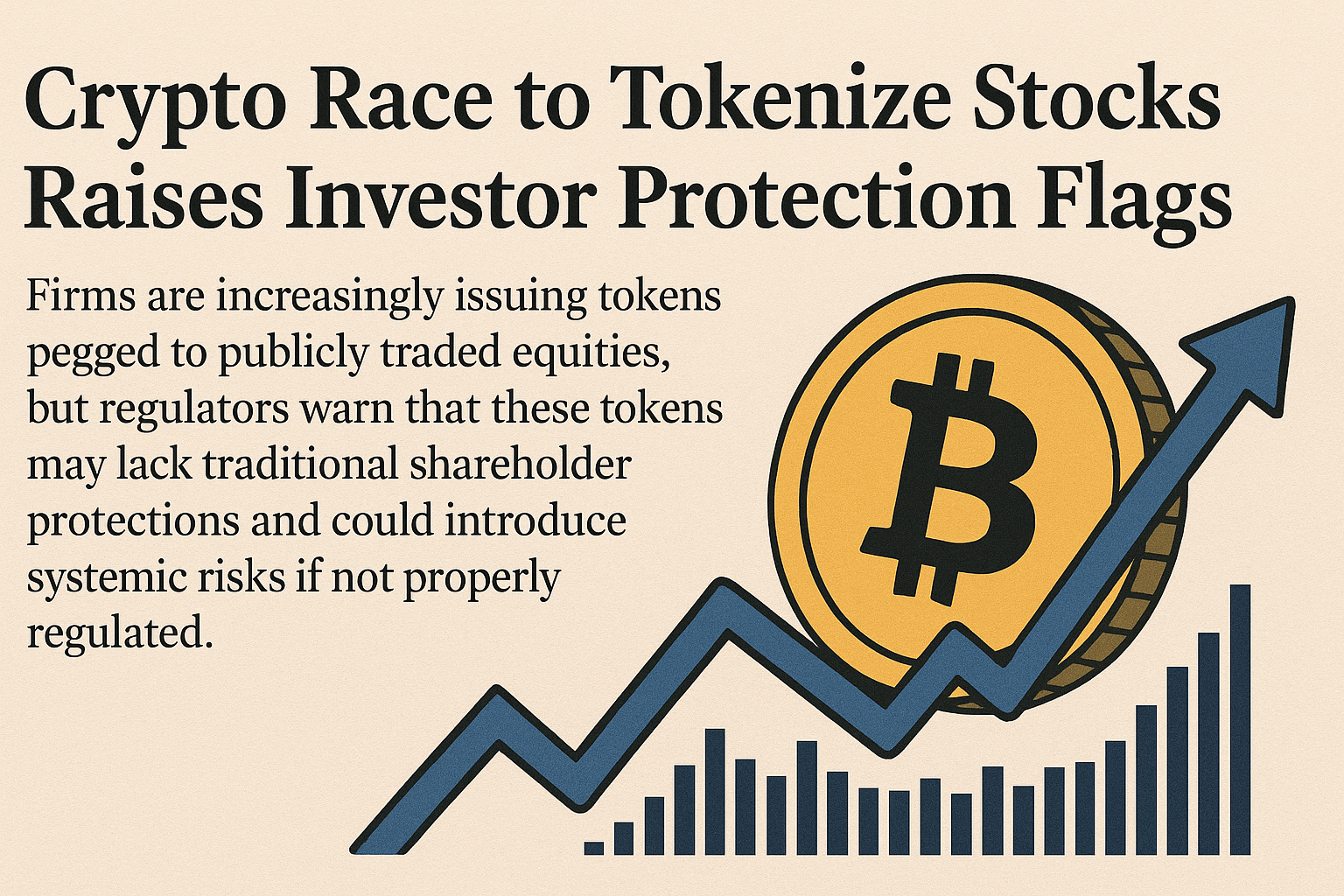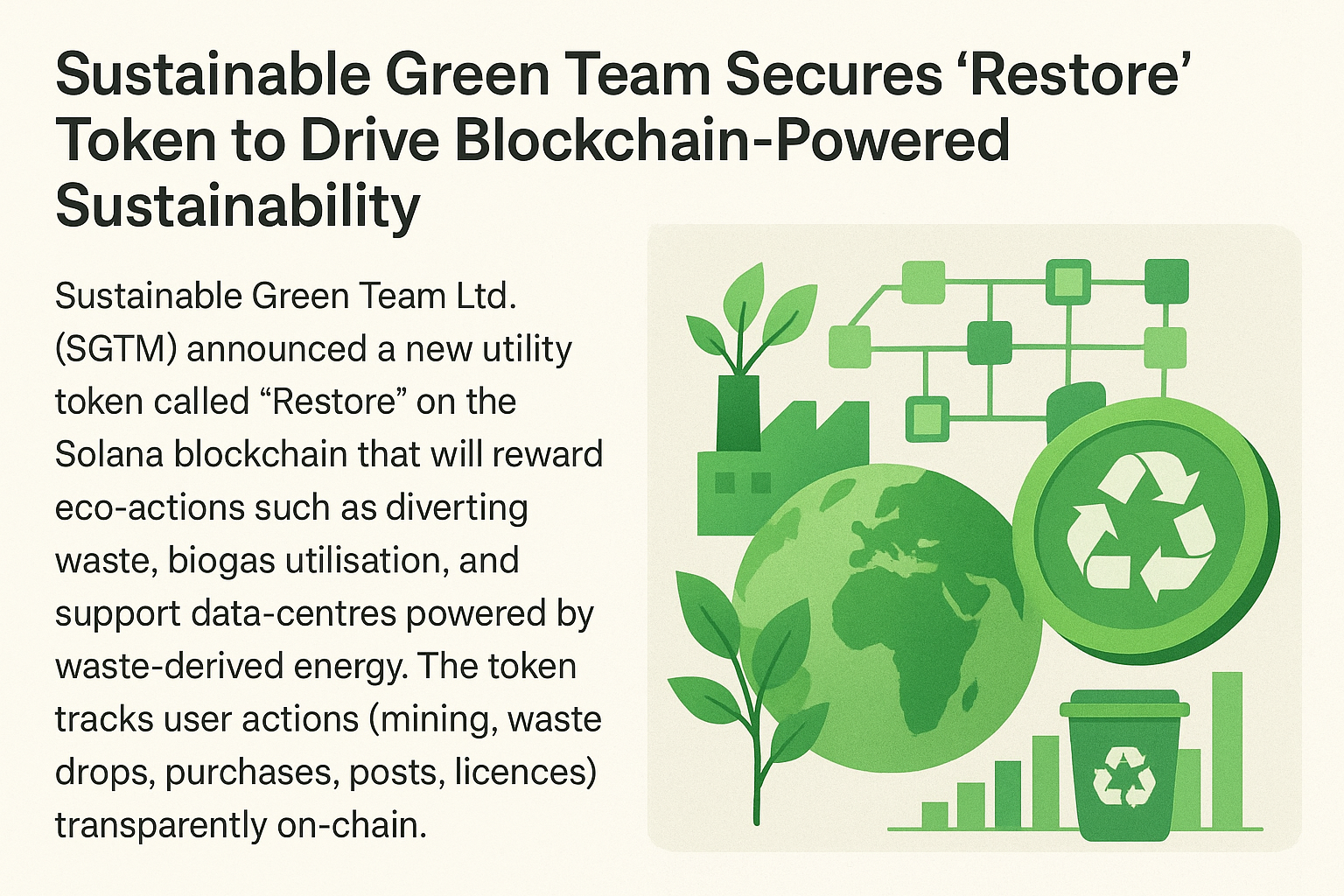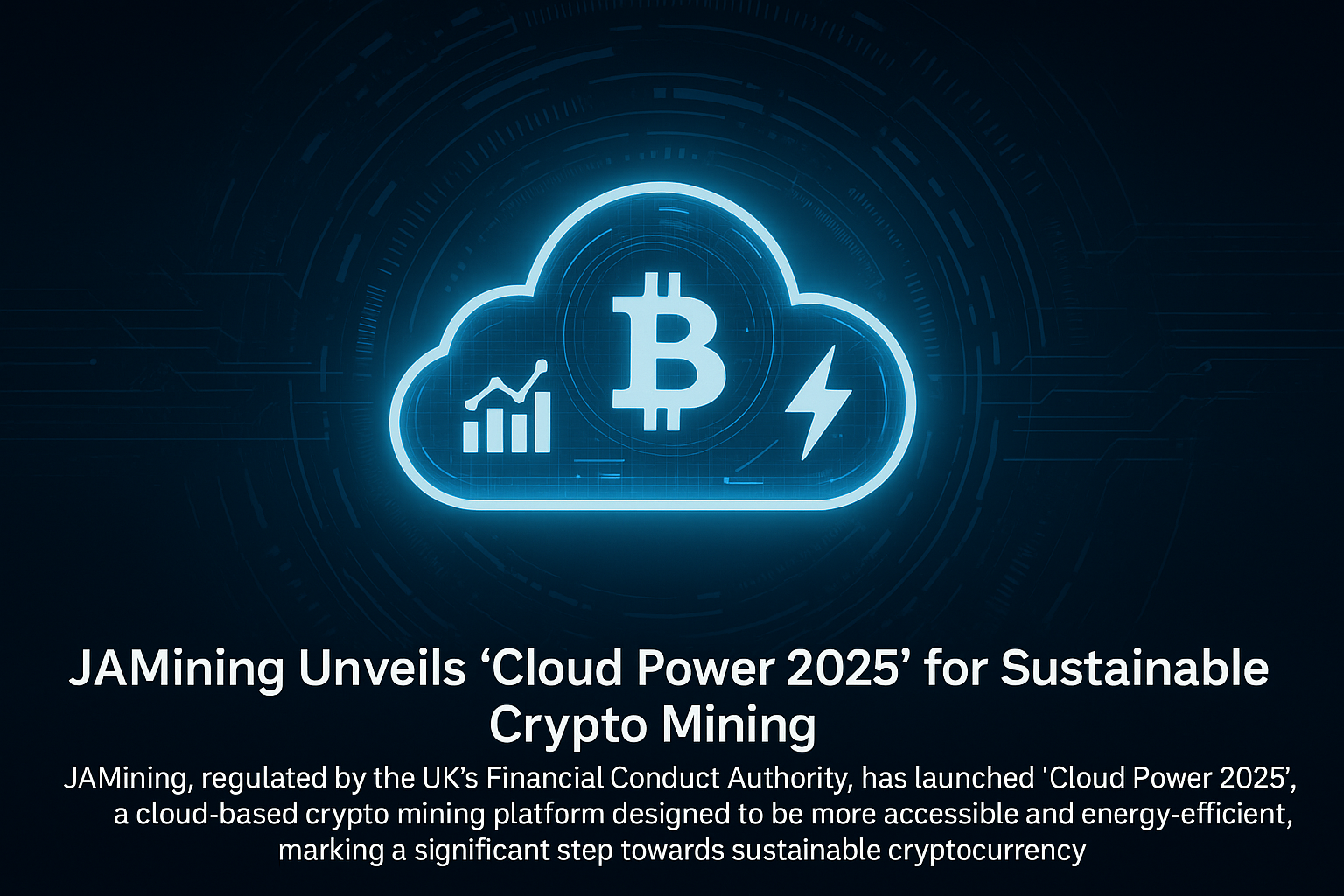In recent years, the line between traditional finance and digital assets has blurred at a remarkable pace. The latest chapter in this ongoing convergence is the tokenization of publicly traded stocks — a process where blockchain-based tokens are issued to represent ownership or exposure to real-world equities. While the idea of bringing traditional securities onto blockchain networks promises greater accessibility and liquidity, regulators and experts are increasingly sounding alarms about the risks and gaps in investor protection.
The Allure of Tokenized Stocks
For investors, tokenized equities offer a compelling vision: the ability to trade fractions of major stocks 24/7, without relying on traditional brokers or stock exchanges. A user could, in theory, buy a token representing Apple or Tesla shares on a decentralized exchange and hold it in a digital wallet. This concept, known as fractional ownership through tokenization, could open global access to markets that have historically been closed to retail investors in emerging economies.
For companies, tokenization also promises efficiency. Issuers argue that blockchain-based systems reduce settlement times, streamline compliance, and eliminate middlemen — creating a more fluid financial ecosystem.
Regulatory Red Flags
However, the rapid expansion of these markets has triggered concern among regulators from the U.S. Securities and Exchange Commission (SEC) to the European Securities and Markets Authority (ESMA). The core issue is that most of these tokens are not actually shares in the traditional sense.
While they may track the price of real stocks, they often don’t grant voting rights, dividends, or legal ownership. This means holders of tokenized versions of equities lack the same protections that shareholders of the underlying assets enjoy. Regulators fear that investors may not fully understand this distinction, exposing them to unexpected losses or disputes in the event of insolvency, fraud, or platform failure.
In addition, systemic risk is becoming a buzzword in policy circles. If tokenized stocks gain mass adoption without clear legal and operational frameworks, they could amplify volatility and contagion across markets — especially if unregulated exchanges or custodians fail.
The Gray Zone of Compliance
At the heart of the issue lies ambiguity. Tokenization projects often operate in jurisdictional gray zones, claiming to offer “synthetic exposure” rather than direct ownership. Some firms use complex structures that rely on offshore entities or derivatives contracts to mirror real-world stock performance. Others mint tokens backed by shares held by intermediaries — a setup that blurs the line between legitimate innovation and regulatory evasion.
This lack of standardization leaves investors dependent on the integrity of the issuer, the transparency of smart contracts, and the solvency of counterparties — factors that blockchain alone cannot guarantee.
Industry Response and the Road Ahead
Despite the warnings, the momentum behind tokenization continues to build. Major financial institutions such as BlackRock, Franklin Templeton, and HSBC are actively exploring blockchain-based representations of bonds, funds, and equities — albeit within fully regulated frameworks.
Experts argue that the future of tokenized finance hinges on compliance integration, not avoidance. Solutions may include on-chain investor verification, licensed custodians for underlying assets, and standardized disclosures that mirror traditional securities laws.
Moreover, the development of RegTech (regulatory technology) could allow real-time monitoring of tokenized securities, enabling regulators to oversee transactions more effectively without stifling innovation.
A Balancing Act
The crypto industry’s race to tokenize everything — from real estate to stocks — symbolizes both the promise and peril of financial innovation. While tokenization could democratize access to markets and revolutionize asset management, it also challenges decades of regulatory infrastructure designed to protect investors.
As blockchain and traditional finance continue to merge, the key question remains:
Can we capture the efficiency and inclusivity of tokenization without dismantling the protections that make modern markets trustworthy?
The answer, much like the technology itself, is still being written — in code, in courtrooms, and in policy papers around the world.




